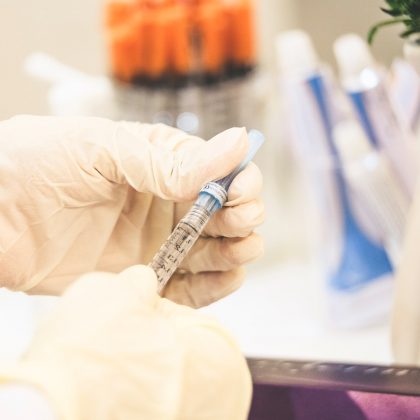
Injection therapies in South West WA
Injection therapies are often required in the treatment of sports injuries. These injections may be used to help make a diagnosis but are also used in therapy.
Cortisone or steroid injections are often used to settle down resistant inflammation.
When used properly and expertly, these pose very little if any risk. We are very experienced in steroid injections of many joints, bursae and tendon sheaths.
Referral for ultrasound or x-ray guided injection may be required for difficult areas or where risks exist if the injection is not accurately placed such as the spine.
What is involved in a corticosteroid injection?
This procedure involves the injection of a mixture of local anaesthetic and a steroid. This is often called a cortisone injection. The steroid that is used is Kenacort A10 or A40 and sometimes Celestone chronodose. The word ‘steroid’ is a general term and in this sense is nothing to do with the banned steroids in sport. The banned substance is androgenic steroid (like testosterone), whereas this steroid is corticosteroid (like the cortisol that our body makes).
Corticosteroids have a very potent effect by reducing inflammation. The Kenacort that is used is a potent anti-inflammatory drug with few of the side effects of other steroids used in medicine. The steroid is injected as a very fine crystal that dissolves slowly. This allows small doses to have their effect at the site of injection without being absorbed in large quantities to cause harm.
Do corticosteroids have side effects?
We know that high doses taken by mouth over long periods can cause a lot of medically important side effects. We see this with people after kidney transplants for example. These side effects are not seen with this form of treatment.
Some people experience facial flushing in the hours after the injection. This resolves by itself. Some people will have a flare up of pain following an injection. This is most common with Tennis Elbow. Infection in a joint is the most serious complication of injecting joints with steroids. The actual risk is very small (thought to be about 1:25,000 injections), but it is a recognised risk.
Please discuss any concerns with your doctor.
How do corticosteroid injections help?
These injections are very useful at settling down inflammation in many sporting injuries. The injection, itself, is not the whole answer but is part of comprehensive treatment that often involves physiotherapy and other treatments.
We are also able to use ultrasound guided injection so that we can more accurately perform many injections. This facility is available in the rooms and is performed by Dr White.




